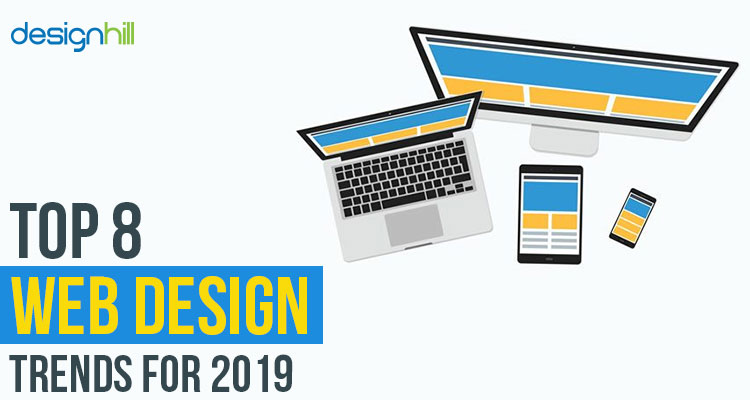Interested In Finding Out How Website Style Has Altered Over The Years? Explore The Journey
Interested In Finding Out How Website Style Has Altered Over The Years? Explore The Journey
Blog Article
Content Produce By-Kahn Bojesen
In the past, web sites were basic and focused on details. Navigation was straight, and layout was for desktops. Currently, individual experience is crucial. Information guides designs for easy navigation. Receptive designs fit various gadgets. Today, dark setting lowers strain, and minimalist food selections enhance navigating. Interactive features engage customers, and strong visuals stand out. AI assimilation improves engagement. See how layout has evolved to enhance your on-line journey.
Early Days of Web Design
In the early days of website design, simplicity reigned supreme. Web sites were basic, with restricted shades, typefaces, and designs. Get Source was on giving details as opposed to showy visuals. Users accessed the net via sluggish dial-up links, so speed and functionality were crucial.
Navigating food selections were straightforward, usually located on top or side of the page. Websites were developed for desktop computers, as mobile browsing had not been yet common. Content was king, and developers focused on simple readability over intricate style elements.
HTML was the key coding language made use of, and designers had to function within its constraints. Animations and interactive functions were very little contrasted to today's requirements. Sites were static, with little vibrant material or individualized user experiences.
Rise of User-Focused Design
With the evolution of website style, a change in the direction of user-focused design principles has ended up being increasingly prominent. Today, developing sites that focus on customer experience is crucial for involving visitors and achieving service objectives. User-focused layout entails understanding the needs, preferences, and habits of your target market to customize the website's layout, material, and features appropriately.
Designers currently conduct extensive study, such as user studies and usability testing, to collect understandings and feedback straight from individuals. This data-driven technique aids in developing intuitive navigation, clear calls-to-action, and visually attractive interfaces that resonate with visitors. By putting the individual at the center of the layout procedure, web sites can supply a much more personalized and pleasurable experience.
Responsive design has actually also become an essential facet of user-focused design, guaranteeing that sites are maximized for different tools and display sizes. This flexibility boosts ease of access and usability, satisfying the varied ways users interact with websites today. Basically, look at this web-site of user-focused style symbolizes a shift in the direction of developing digital experiences that focus on the requirements and assumptions of the end customer.
Modern Trends in Website Design
Check out the most up to date trends shaping web design today. One noticeable fad is dark setting layout, offering a sleek and contemporary appearance while minimizing eye stress in low-light settings. An additional vital fad is minimal navigation, streamlining food selections and enhancing user experience by concentrating on essential elements. Including micro-interactions, such as animated buttons or scrolling impacts, can produce a much more engaging and interactive web site. Responsive layout remains crucial, making sure seamless individual experiences across numerous devices. Additionally, making use of bold typography and unbalanced layouts can include aesthetic rate of interest and draw attention to certain content.
Integrating AI modern technology, like chatbots for client support or customized recommendations, enhances customer engagement and streamlines procedures. Accessibility has likewise become a substantial pattern, with developers prioritizing inclusive design practices to accommodate diverse individual requirements. Welcoming sustainability by maximizing website efficiency for speed and efficiency is an additional arising trend in website design. Teaming up with user responses and information analytics to repeat and boost style continuously is vital for staying appropriate in the ever-evolving electronic landscape. By accepting these contemporary patterns, you can develop a visually enticing, easy to use internet site that reverberates with your audience.
Conclusion
As you assess the advancement of site design from the very early days to now, you can see exactly how user-focused layout has actually come to be the driving force behind modern-day fads.
Embrace the journey of adjustment and adjustment in website design, always maintaining the individual experience at the center.
Keep present with the current trends and technologies, and never ever stop evolving your technique to create visually stunning and straightforward internet sites.
Develop, adapt, and create - the future of web design remains in your hands.
